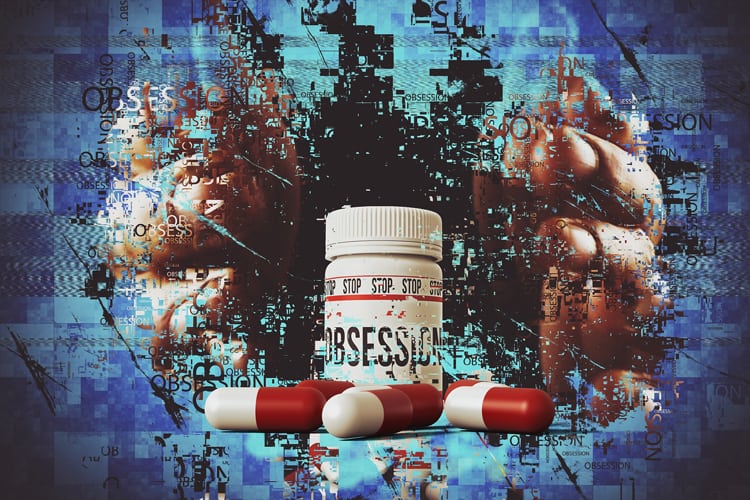Even the most well-traveled path may not lead to the best destination. While Americans received more than 191 million prescriptions for opioids in 2017 alone, the risk of taking opioids for pain management may include severe outcomes with dire consequences.
In 2018 alone, there were over 1,100 suspected opioid related deaths in Arizona, and over 50,000 opioid related deaths nationwide. How did this happen?
The emphasis on opioid prescriptions began in the 1990s, with a marked increase reported first in 1999. Almost half a million people died from overdoses from prescribed and illicit opioids in the 10 years between 1999 and 2018.
Part of the solution to the opioid crisis is to not become part of the problem. Research suggests that not taking prescription opioids to begin with is the only way to avoid becoming another statistic. The Centers for Disease Control (CDC) reports that anyone who takes opioids can become addicted.
Finding a Better Path to Wellness
The statistics about opioid addiction are certainly enough to give most people pause, but what about people who suffer from chronic pain? And what if your doctor prescribes you an opiate for pain management?
“There are so many alternatives to opioids that provide a better outcome. In my professional opinion, opioids are only necessary in emergency situations, such as car accidents, crush injuries, post-surgical pain, and cancer related pain,” explains Dr. Casey McNinch, PT, DPT of Cactus Medical Center in Peoria. Cactus Medical Center offers specialized services in physical medicine, rehabilitation, and chiropractic care.
Contrary to popular belief, opioids are not the be-all end-all of chronic pain management. Practices such as interventional pain management are increasing in popularity and have shown to be effective for pain management. But pursuing an alternative approach to pain management does require patients to have an open mind, as opioid prescriptions have become part of our mainstream culture.
Dr. McNinch adds, “I would not recommend using opioids to treat acute or chronic pain related to osteoarthritis or a muscle/tendon injury, as they do nothing to actually improve the underlying cause of the pain. Masking the pain with a pill is not a solution.”
Relieving Pain through Advanced Therapies
Interventional pain management is an effective alternative to opioids, and involves using various types of injections throughout the body to reduce pain, swelling, inflammation and stimulate healing. Trigger point injections and joint injections are great options for immediate pain relief.
A holistic and integrated approach to pain management provides treatment for people suffering from injuries, as well as chronic pain. This approach seeks the cause of pain, in order to bring long-lasting relief from it, without masking it with drugs.
Consider these integrated solutions to common problems that often result in pain.
• Hip Pain. Effective physical therapy can reduce the pain and inflammation in painful hip joints and increase mobility.
• Knee Pain and Injury. Chiropractic adjustments, physical therapy and stem cell treatments offer relief from aches, swelling, popping and clicking, locking and discomfort when walking.
• Neck Pain. Manual adjustments can enhance the range of motion in the neck to relieve the pain of sleeping improperly, poor posture, whiplash or a fall from a height.
• Neuropathy. Patients who experience the potential loss of use of hands and feet because of extensive nerve damage may find relief with a range of rehabilitation and physical medicine treatments.
• Sciatica. An integrative approach to sciatica management offers a range of options that include chiropractic treatment and physical therapy.
• Shoulder Injury. Ultrasound-guided injections, interventions and treatments help reduce inflammation and pain as they help each patient regain functionality.
• Sports Injury. Comprehensive rehabilitation programs for sports injuries that includes stretching, strengthening exercises and chiropractic adjustments.
While the CDC reported a decline in opioid prescriptions in 2018, studies show that almost 18 percent of Americans received a prescription for opioids during that year. By considering an alternative approach to pain management, you can avoid becoming another statistic in the Arizona opioid crisis.




